SEO Mistakes That Keep Your Blog from Ranking (Fix Them Now!)
Struggling to rank your blog? Discover the "top SEO mistakes" killing your traffic—and how to fix them "immediately"! Learn expert strategies to boost rankings on Google, Bing & Yahoo.

"SEO Mistakes That Keep Your Blog from Ranking (Fix Them Now!)"
"Your Blog Should Be Ranking Higher—Here’s Why It’s Not (And How to Fix It)"

You’ve spent hours crafting high-quality content, optimizing keywords, and building backlinks—yet your blog still isn’t ranking. Frustrating, right?
The truth? Small SEO mistakes could be sabotaging your efforts without you even realizing it.
In this guide, I’ll reveal the most damaging SEO mistakes bloggers make (based on 10+ years of experience) and provide actionable fixes to help you rank higher on Google, Bing, and Yahoo.
Let’s dive in.
Table of Contents
- Ignoring Search Intent (The #1 Ranking Killer)
- Keyword Stuffing (And How to Optimize Naturally)
- Slow Page Speed (Why Google Hates It & How to Fix It)
- Poor Mobile Optimization (A Must for Rankings in 2025)
- Skipping Meta Titles & Descriptions (Big Mistake!)
- Thin Content (Why Longer, In-Depth Posts Rank Better)
- Broken Links & 404 Errors (How They Hurt SEO)
- Ignoring Internal Linking (A Missed Ranking Opportunity)
- Duplicate Content Issues (How to Avoid Penalties)
- Neglecting Backlinks (Quality vs. Quantity)
- Overlooking Schema Markup (A Hidden Ranking Booster)
- Not Tracking SEO Progress (How to Measure Success)
- Final Checklist: Fix These SEO Mistakes NOW
1. Ignoring Search Intent (The #1 Ranking Killer)
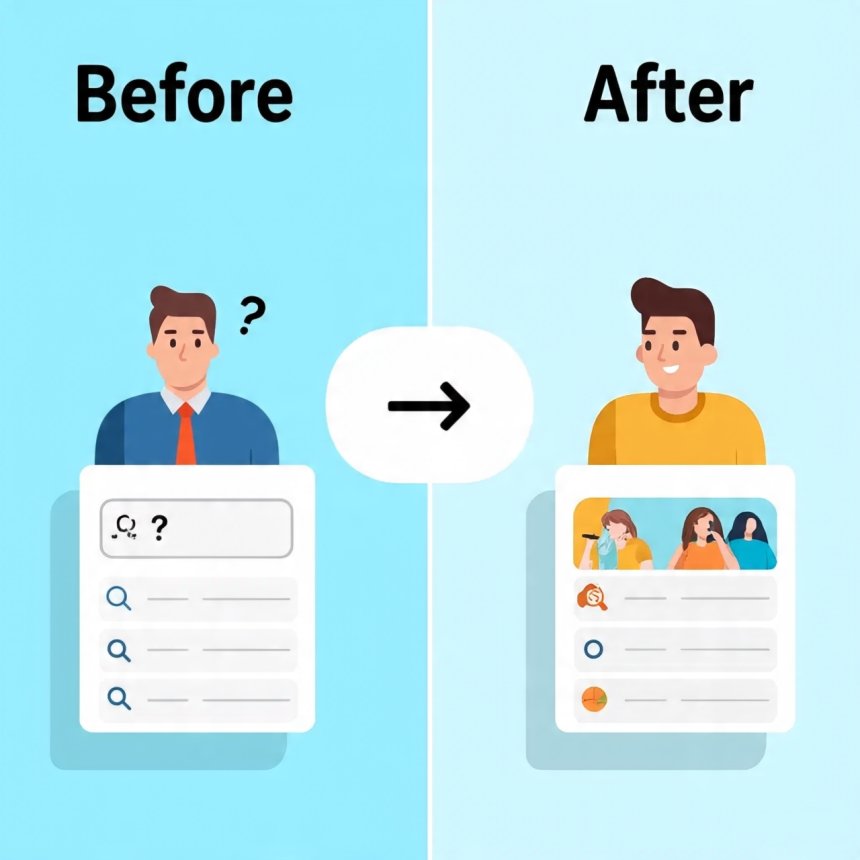
What’s Happening?
You’re targeting the right keywords, but your content doesn’t match what users actually want. Google prioritizes user satisfaction, so if your post doesn’t align with search intent, it won’t rank.
How to Fix It:
- Analyze top-ranking pages for your target keyword.
- Identify if the intent is informational, commercial, or navigational.
- Structure your content to answer the query better than competitors.
2. Keyword Stuffing (And How to Optimize Naturally)
What’s Happening?
Stuffing keywords unnaturally (e.g., "best SEO tips for SEO beginners doing SEO") makes your content spammy and hurts readability.
How to Fix It:
- Use LSI keywords (related terms) for context.
- Optimize for 1-2 primary keywords per post.
- Write for humans first, search engines second.
3. Slow Page Speed (Why Google Hates It & How to Fix It)

What’s Happening?
Google explicitly states that page speed is a ranking factor. If your blog takes more than 3 seconds to load, you’re losing:
- 40% of visitors (who will bounce immediately)
- Lower rankings (Google penalizes slow sites)
- Poor user experience (hurting engagement & conversions)
Case Study:
A study by Portent found that:
- Pages loading in 1 second have a 3x higher conversion rate than pages loading in 5 seconds.
- Amazon calculated that a 100ms delay costs them 1% in sales.
How to Fix It:
1. Optimize Images
- Use WebP format (30% smaller than JPEG/PNG).
- Compress with TinyPNG or ShortPixel.
- Implement lazy loading (`loading="lazy"` in HTML).
2. Enable Caching
- Use WP Rocket (WordPress) or Cloudflare Cache.
3. Minify CSS & JavaScript
- Tools: Autoptimize, WP Optimize.
4. Upgrade Hosting
- Avoid shared hosting. Use SiteGround, Kinsta, or Cloudways.
5. Use a CDN
- Cloudflare or BunnyCDN to serve content faster globally.
4. Poor Mobile Optimization (A Must for Rankings in 2025)

What’s Happening?
Google uses mobile-first indexing, meaning it ranks your site based on the mobile version. If your blog isn’t mobile-friendly:
- Higher bounce rates (users leave if text is too small or buttons are hard to click).
- Lower rankings (Google pushes mobile-optimized sites higher).
How to Check Mobile-Friendliness:
- Google’s Mobile-Friendly Test Tool
- PageSpeed Insights (check mobile performance separately).
How to Fix It:
✅ Use a responsive theme (avoid separate mobile URLs).
✅ Avoid intrusive pop-ups (Google penalizes these).
✅ Increase font size (minimum 16px for readability).
✅ Optimize touch elements (buttons should be 48x48px).
✅ Test on real devices (not just emulators).
5. Skipping Meta Titles & Descriptions (Big Mistake!)
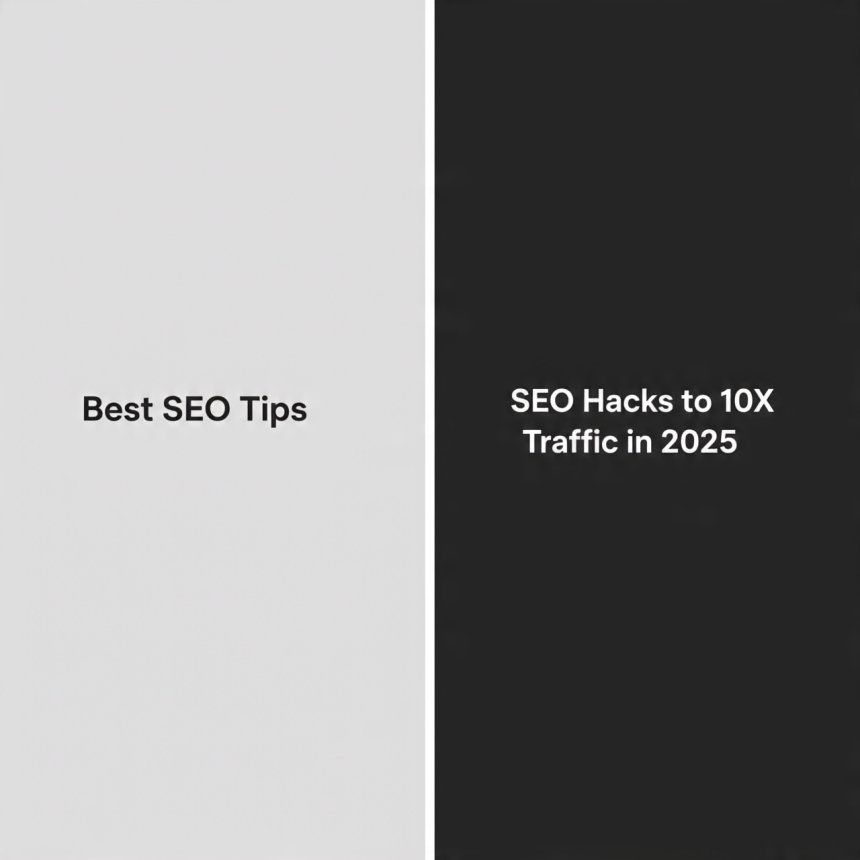
What’s Happening?
If your meta title and description are missing or poorly optimized:
- Lower CTR (even if you rank, users won’t click).
- Google rewrites them (often poorly).
How to Write Killer Meta Tags:
Meta Title (50-60 chars):
- Include primary keyword at the beginning.
- Add power words ("Ultimate," "Proven," "2025").
- Example:
❌ "SEO Tips"
✅ "17 Proven SEO Tips to Rank #1 in 2024 (Ultimate Guide)"
Meta Description (120-160 chars):
- Summarize the value (solve a problem).
- Include secondary keywords.
- Example:
❌ "Learn about SEO strategies."
✅ "Struggling to rank? Discover 17 actionable SEO strategies to boost traffic fast—backed by data. Get more clicks now!"
6. Thin Content (Why Longer, In-Depth Posts Rank Better)
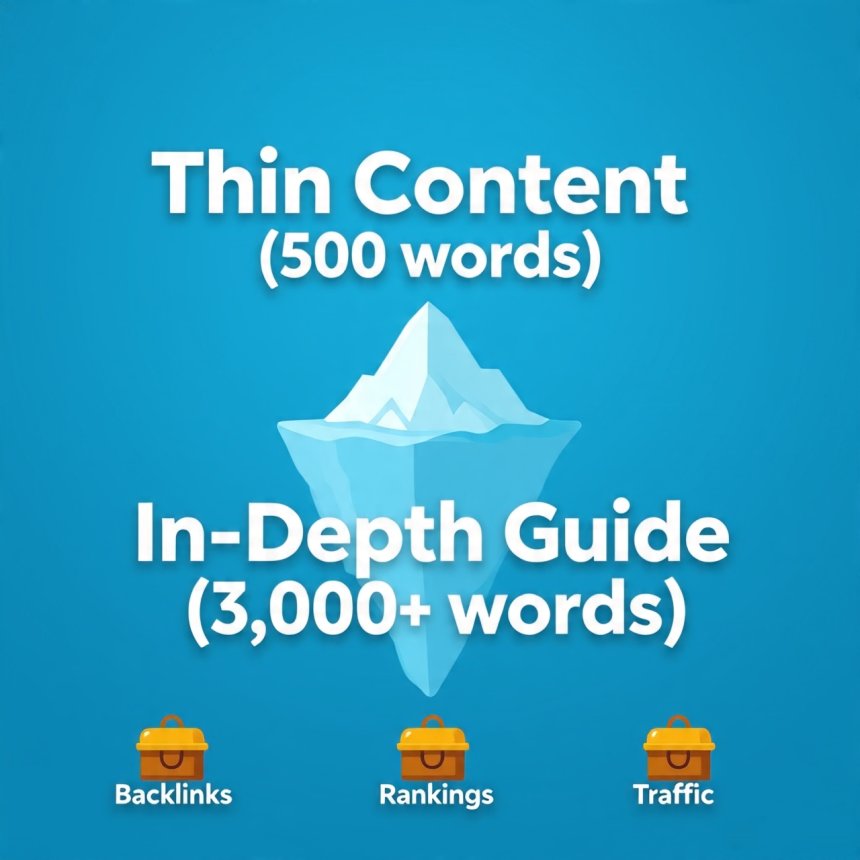
What’s Happening?
Google’s Helpful Content Update prioritizes comprehensive, in-depth content. If your posts are:
- Under 1,000 words (for competitive topics).
- Lacking depth (just scratching the surface).
- Not updated regularly (outdated info hurts rankings).
How to Fix It:
📌 Aim for 1,500+ words for competitive keywords.
📌 Use data, case studies, and expert quotes (E-A-T signals).
📌 Update old posts (add new stats, screenshots, FAQs).
Case Study:
Backlinko found that longer content ranks higher:
- Average #1 ranking page has 1,447 words.
- 3,000+ word guides often dominate SERPs.
7. Broken Links & 404 Errors (How They Hurt SEO)
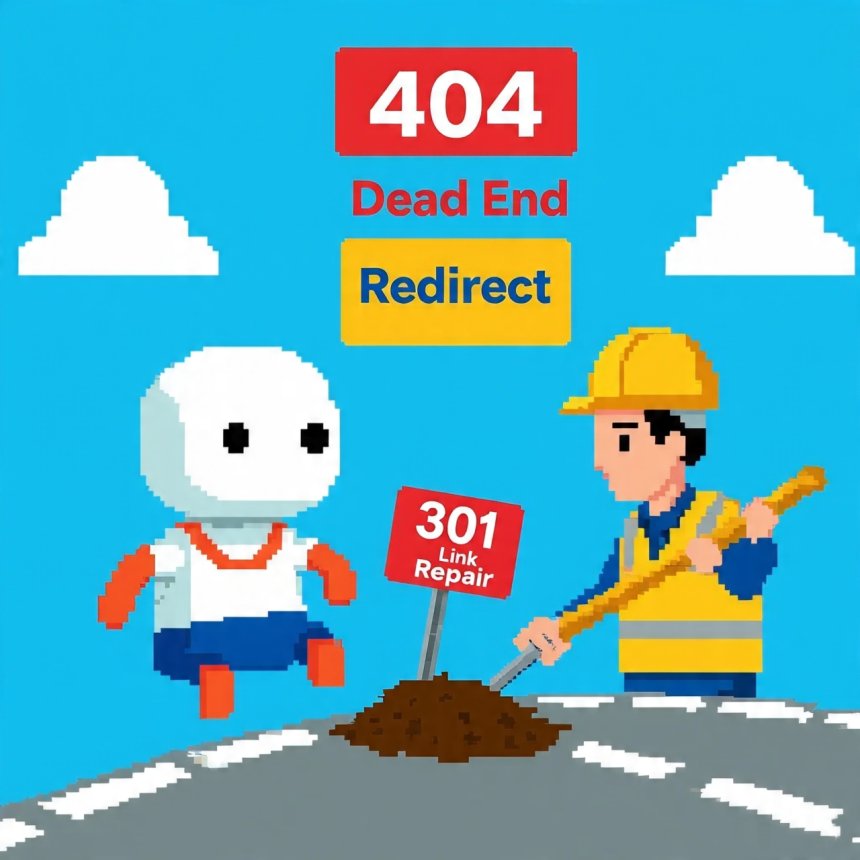
What’s Happening?
Broken links:
- Frustrate users (bad UX = higher bounce rates).
- Waste crawl budget (Googlebot wastes time on dead pages).
How to Find & Fix Broken Links:
1. Scan with Screaming Frog (free up to 500 URLs).
2. Redirect 404s to relevant pages (301 redirects).
3. Use "Custom 404 Pages" (guide users back to working content).
8. Ignoring Internal Linking (A Missed Ranking Opportunity)
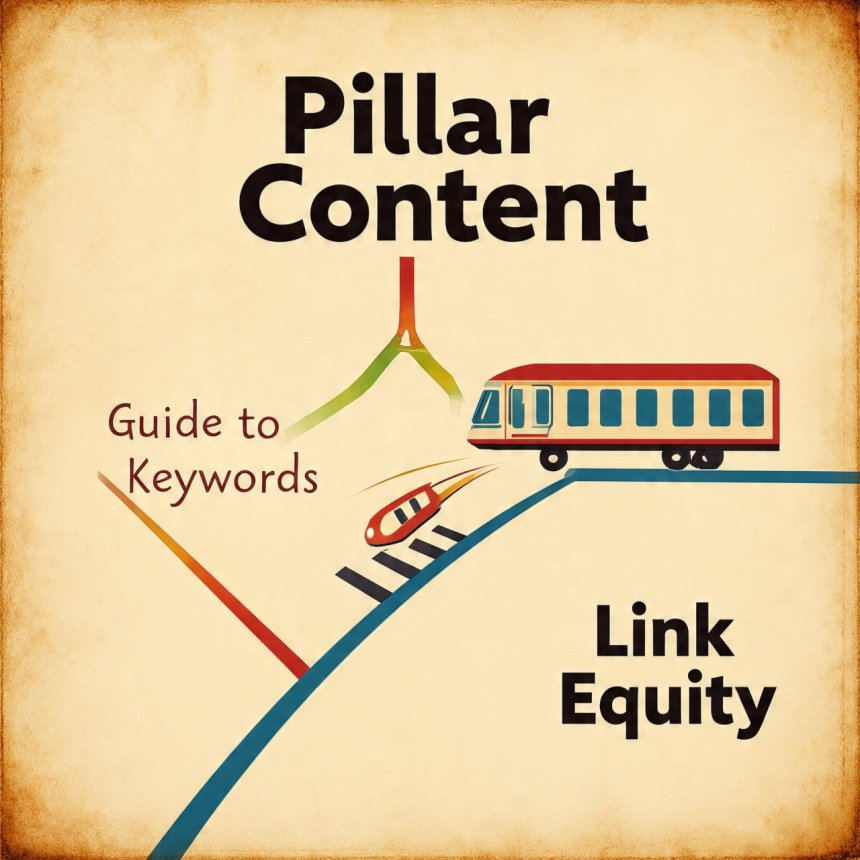
What’s Happening?
Internal links:
- Spread link equity (helps weaker pages rank).
- Improve crawlability (helps Google index deep pages).
How to Fix It:
🔗 Link to 3-5 related posts per article.
🔗 Use descriptive anchor text (not "click here").
🔗 Fix orphaned pages (pages with no internal links).
9. Duplicate Content Issues (How to Avoid Penalties)
What’s Happening?
Google filters out duplicate content, meaning:
- Your pages compete against each other.
- You lose ranking potential.
How to Fix It:
✔ Use canonical tags (`rel="canonical"`) for similar pages.
✔ Merge thin content into one comprehensive guide.
✔ Rewrite product descriptions (avoid manufacturer copies).
10. Neglecting Backlinks (Quality vs. Quantity)
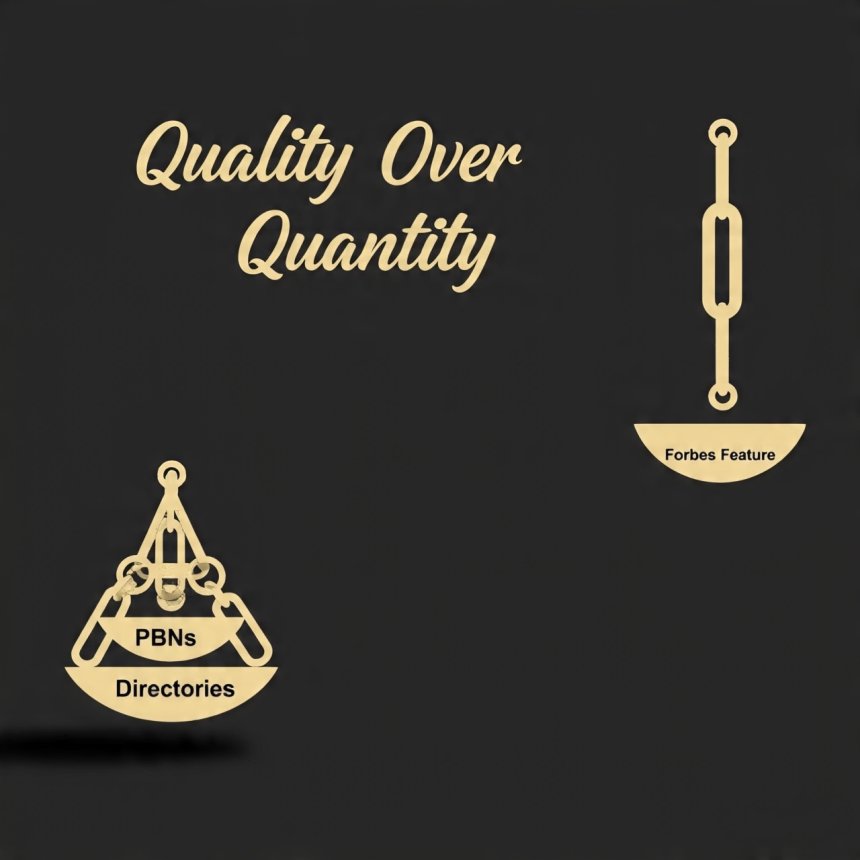
What’s Happening?
Bad backlinks (spammy directories, PBNs) hurt SEO. But no backlinks = no authority.
How to Fix It:
✅ Focus on quality over quantity (1 Forbes link > 100 spammy links).
✅ Use HARO to get expert quotes in top publications.
✅ Disavow toxic links (Google Search Console).
11. Overlooking Schema Markup (A Hidden Ranking Booster)
What’s Happening?
Schema markup helps Google understand your content better, leading to:
- Rich snippets (higher CTR).
- Better rankings (indirectly via improved engagement).
How to Implement It:
🔧 Use Rank Math or Schema Pro (WordPress plugins).
🔧 Mark up: Articles, FAQs, Reviews, Breadcrumbs.
12. Not Tracking SEO Progress (How to Measure Success)
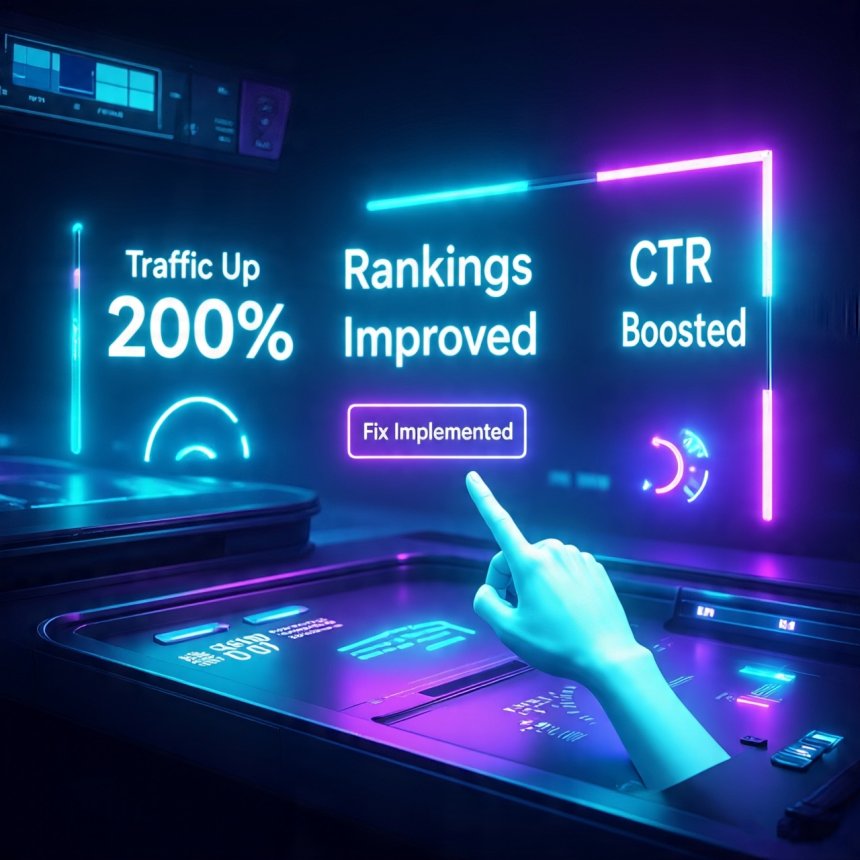
What’s Happening?
If you’re not tracking:
- You won’t know what’s working.
- You can’t replicate success.
How to Fix It:
📊 Google Search Console (track rankings, clicks).
📊 Google Analytics 4 (monitor traffic sources).
📊 Ahrefs/SEMrush (for backlinks & keyword tracking).
Final Checklist: Fix These SEO Mistakes NOW
(Reiterated for quick action-taking.)
✅ Match search intent before writing.
✅ Optimize keywords naturally—no stuffing.
✅ Speed up your site (use GTmetrix).
✅ Make it mobile-friendly (test with Google’s Mobile-Friendly Tool).
✅ Write compelling meta titles & descriptions.
✅ Expand thin content (1,500+ words for competitive terms).
✅ Fix broken links (use Screaming Frog).
✅ Add internal links to boost authority.
✅ Avoid duplicate content (use canonical tags).
✅ Build high-quality backlinks (guest posts, HARO).
✅ Implement schema markup for rich snippets.
✅ Track progress with Google Search Console.
Conclusion: Stop Sabotaging Your Rankings!
SEO isn’t about quick hacks—it’s about avoiding mistakes that hurt your rankings. By fixing these issues, you’ll see more traffic, higher rankings, and better conversions.
🚀 Ready to rank higher? Bookmark this guide and start optimizing today!
Share
What's Your Reaction?
 Like
0
Like
0
 Dislike
0
Dislike
0
 Love
0
Love
0
 Funny
0
Funny
0
 Angry
0
Angry
0
 Sad
0
Sad
0
 Wow
0
Wow
0












